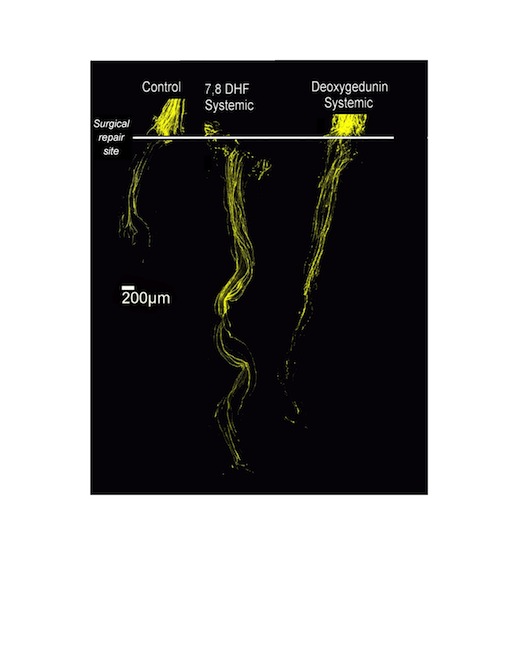Alpha-synuclein, a sticky and sometimes toxic protein involved in Parkinson’s disease (PD), blocks signals from an important brain growth factor, researchers have discovered.
The results were published this week in PNAS.
The finding adds to evidence that alpha-synuclein is a pivot for damage to brain cells in PD, and helps to explain why brain cells that produce the neurotransmitter dopamine are more vulnerable to degeneration.
Alpha-synuclein is a major component of Lewy bodies, the protein clumps that are a pathological sign of PD. Also, duplications of or mutations in the gene encoding alpha-synuclein drive some rare familial cases.
In the current paper, researchers led by Keqiang Ye, PhD demonstrated that alpha-synuclein binds and interferes with TrkB, the receptor for BDNF (brain derived neurotrophic factor). BDNF promotes brain cells’ survival and was known to be deficient in Parkinson’s patients. When applied to neurons, BDNF in turn sends alpha-synuclein away from TrkB. [Ye’s team has extensively studied the pharmacology of 7,8-dihydroxyflavone, a TrkB agonist.]
A “tug of war” situation thus exists between alpha-synuclein and BDNF, struggling for dominance over TrkB. In cultured neurons and in mice, alpha-synuclein inhibits BDNF’s ability to protect brain cells from neurotoxins that mimic PD-related damage, Ye’s team found. Read more






